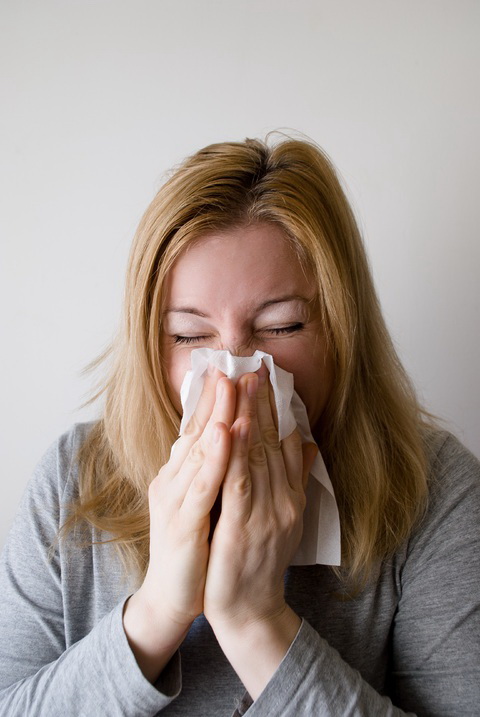
Photo: Pexels.com
The impact of the new strain of coronavirus has unleashed unprecedented medical research across the world to find a cure for this virus. It has resulted in the loss of lives of over 582,000 and still counting.
There is no one on this planet that would deny that it is imperative as ever to determine a vaccine. Here are some things that scientists have learned about COVID-19 so far.
Person to Person Transmission
At first, Chinese officials claimed that the new strain does not transmit easily from person to person. We now know that it can be passed down from person to person even before any symptoms show up. This means that asymptomatic people who never display symptoms can pass the disease onto others.
The most direct way for person to person transmission is by getting any droplets from the mouth or other areas of one’s body, but the virus is known to remain on hard surfaces for hours or even days as well. Hence, people can transmit it through breathing or talking, even before they face any symptoms. That is why it is highly recommended to wash your hands frequently and to wear a mask.
At first, it was thought that coronavirus infects the lungs, so it was perceived that coughs or invasive medical procedures could spread it. However, we have learned that it affects the lung cells as well as the senses.
Signs/Symptoms
Scientists have confirmed a wide range of symptoms including:
- Fever
- Cough
- Shortness of breath
- Body aches
- Diarrhea
- Fatigue
- Loss of taste and smell
High-Risk Categories
Only older people were believed to be at high risk, but there are also other factors. Obesity, diabetes, high blood pressure, immune-compromised people and even racial disparities can increase the risk of fatality amongst patients.
Low-Risk Categories
It was believed that children would not get the virus, but the low risk does not mean any risk at all. Children can still develop inflammatory conditions that and can be quite dangerous, even though the percentage of infections among children is small.
Rate of Transmission Per Person
It has been confirmed that a single person can infect hundreds of people. This is why contact tracing and social distancing are so important. A single large gathering can lead to a huge cluster of infections that can stem from just one person too. For example, in South Korea, patient 31 has been traced back to turning the outbreak into a full-blown epidemic in just a week.
Death Rate
Death rates have been found to be different depending on the testing requirements set by the country. It will not be easy to pinpoint the exact death rate since it can vary from region to region. Scientists have learned that the infection fatality rate (including those people who have not been tested since they may not have had any symptoms) can be around 0.6%.
Wearing Masks
Data shows that wearing masks is really important and can stop the spread of the virus by a great deal. What scientists have learned about coronavirus shows that wearing masks can hinder the ability of the virus to spread from an infected person and to a lesser extent, prevent a non-infected person from retaining the virus. They are the best source of protection, especially if everyone wears them.
Treatment Plans
Many scientists have rushed to test various drugs on the virus. Some have shown to be quite promising, while others decidedly have not. Malaria drugs such as chloroquine and hydroxychloroquine show no benefits, while Remdesivir and Dexamethasone can help on some levels. There are currently 150 vaccines under development, with 20 currently in human clinical trials.
FAQs
You may still have some questions about the virus that scientists have explored in detail. Here are the answers to some of the most common questions that people ask.
Where Did COVID Come From And How Did It Infect Humans?
The Sars-CoV-2 strain has been confirmed to have originated from bats. It was not produced in a lab. The virus developed because bats’ immune systems are stronger than humans, which causes the virus to replicate faster to get past the defenses.
It moved onto other hosts that don’t have such a fast immune system, causing it to spread quickly through mammals.
Are You Protected for Life if You Get It Once?
Doctors have found that many people develop neutralizing antibodies in the blood. These antibodies are created by our immune systems that coat the virus, impeding its ability to break the cells. However, there have been cases where humans have gotten the virus again after recovering from it the first time. There is no surety that you will be protected for life.
When Will the Vaccines Arrive?
There are currently 150 vaccines being developed with many under human clinical trials. However, the larger consensus remains that it may take up to mid-2021 for a vaccine to become widely available.
Does Warm Weather Stop Coronavirus?
Warm weather or exposure to high temperatures does not stop the virus from persisting.
Conclusion
The scientific community is still working steadily on the coronavirus. What scientists have learned about coronavirus already shows that a lot of work continues to be done. The best part about science is that it keeps evolving as new evidence presents itself, as is seen through the amendments in the knowledge that has been made already. With consistent work, it will hopefully be possible to finally extinguish the virus once and for all.
















 Meditate or download apps on your phone to help you relax. Take deep breaths as much as possible and think that everyone is in this crisis together, so you need to stay strong. Destressing is critical if you want to control your anxiety levels.
Meditate or download apps on your phone to help you relax. Take deep breaths as much as possible and think that everyone is in this crisis together, so you need to stay strong. Destressing is critical if you want to control your anxiety levels. 

